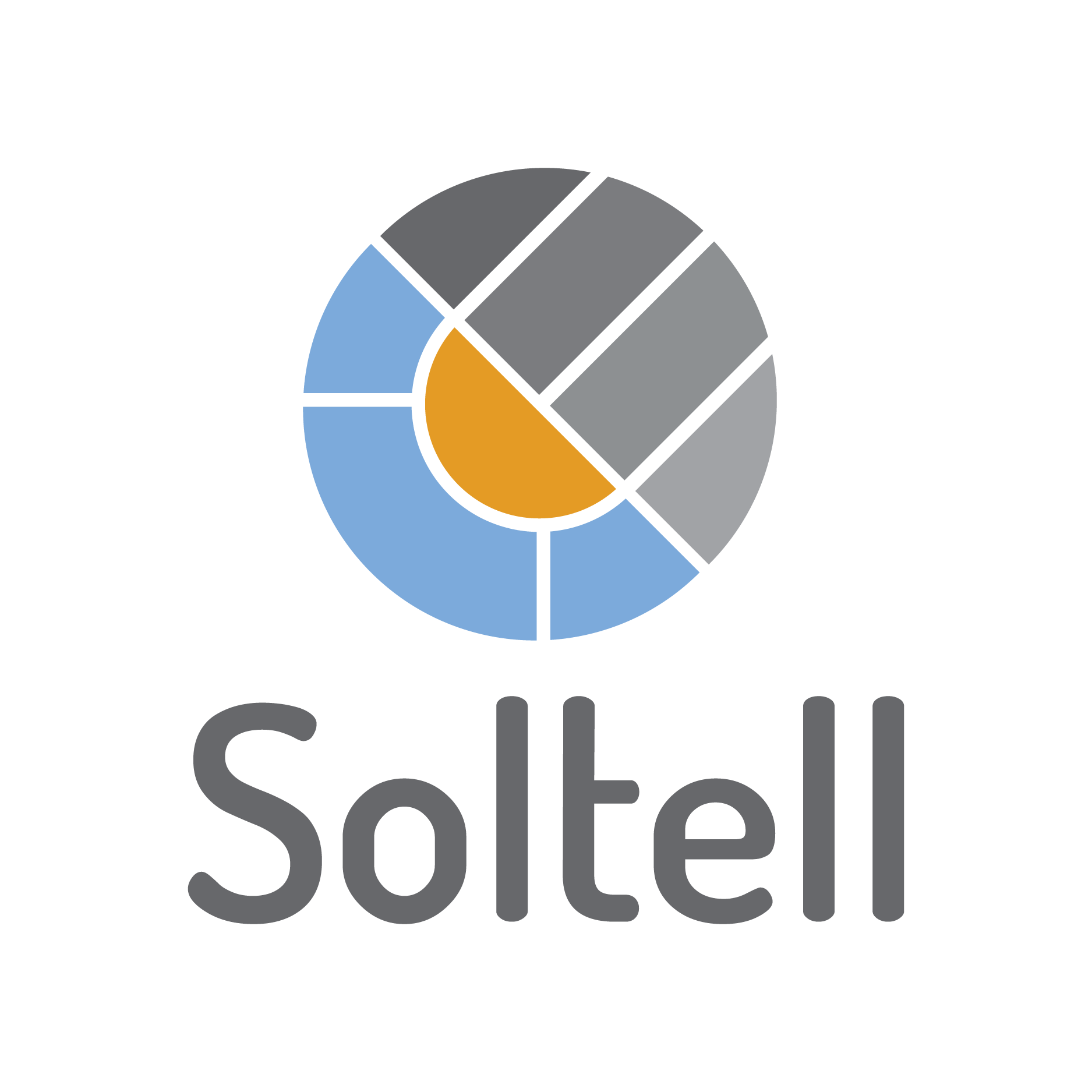Decentralized Solar PV: Insights into the US Solar Market in 2023
- Soltell Admin

- Aug 9, 2023
- 2 min read
As we navigate through 2023, the US solar market is experiencing a significant transformation, continuing the momentum established in previous years. 2022 was marked by notable advancements in deployment of decentralized solar photovoltaic (PV) systems, with a record number of residential installations and an accelerated adoption of behind-the-meter battery storage. These developments are setting the stage for even more progress in 2023.

According to the Department of Energy (DOE), 27.7 GWdc of solar photovoltaic (PV) capacity was added across the United States through 2022, bringing the total installed PV capacity to 147.4 GWdc by the end of December 2022. This reflects a robust 23% growth in the solar market for 2022, up from the 19% growth rate observed in 2021, when the installed capacity reached 119.7 GWdc. Solar PV accounted for 51% of all new electricity-generating capacity added to the U.S. grid that year. The trend toward decentralized installations continued to gain momentum—residential solar installations totaled 5.0 GWdc in 2022, setting a new annual record and surpassing 650,000 projects installed for the first time. Utility-scale solar, however, remained dominant with nearly 17.5 GWdc of installations (67.0%), while distributed solar contributed the remaining 8.2 GWdc (33.0%). During Q1 of 2023, solar PV continued its strong performance, accounting for 52% of all new electricity-generating capacity added to the grid.
Although the rate of new solar installations experienced a slowdown from 2021 to 2022, the Solar Energy Industries Association (SEIA) reports that the overall volume of new solar PV additions remained high. Notably, residential solar saw a significant increase, with installations rising by approximately 25% compared to 2021. This trend contrasts with utility-scale solar, which experienced a slight decrease in growth. Residential solar installations have continued to rise, with more than 140,000 systems installed in Q3 of 2022, making it a popular choice for homeowners. By the end of 2022, 18 states had 100 watts installed per capita from residential solar, indicating that 1 out of every 25 households in these states had solar systems installed.
The evolving energy landscape highlights the growing importance of decentralized solar PV systems. In response to rising energy costs and increased demand for clean energy solutions, decentralized solar installations are becoming increasingly crucial. As of mid-2023, the DOE projects that the U.S. solar market will continue its robust growth trajectory. Forecasts indicate an additional 30 GWdc of installed capacity for 2023, driven by ongoing advancements in technology and supportive policies. This continued expansion reflects a broader shift towards decentralized energy solutions, which are poised to play a central role in achieving greater energy independence and resilience across the country.
Would you like to know more on decentralized PV performance measurement with no extra hardware? Fill-in the demo request form or contact us to get more details.




Comments